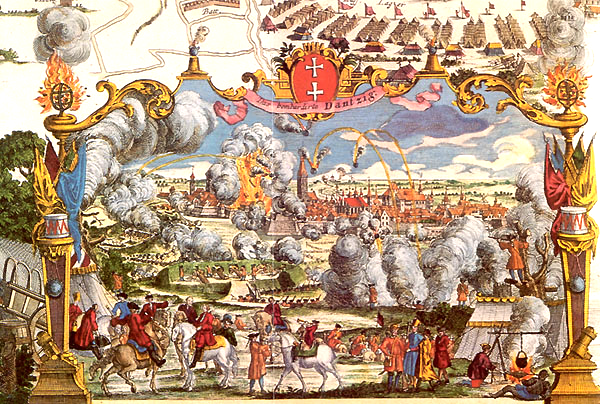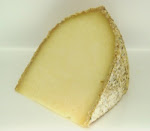
Had a first look at the new rules from Warlord (courtesy of Generaljimbo) this weekend and even got some American War of Independence figures on the table. As with all new rules the first moves were a bit slow as we got to grips with the mechanics. Probably more a reflection of our brains than the rules.
The rule book is a splendid production with lots of lovely piccies in it but is a bit expensive at £30.00. The game mechanics are relatively simple but were not loved by all. The main bone of contention being the command and control rules based, I think, on the Warmaster system. Are they a requirement in a game or not? I think they add to the realism but can lead to a slow game for individuals in a multi player game. Undoubtedly we make enough mistakes on our own not to need them. The mechanism here is a bit strange due the use of two D6 determining actions slightly altering the odds from what might be expected, the use of a twelve sided die might be better.
One aspect I particularly liked was giving verbal orders to a unit. “The regiment will advance in column along the road and form line at the edge of the road.” Naturally they were a bit slower than anticipated. I need to be more authoritative.
Anyhoo the scenario of The Battle for Ashland Ferry began with a mixed brigade of British grenadiers, light troops, rangers and a gun holding the town and ferry. Naturally the rebels needed to capture the aforementioned and began to enter the table on move one along two roads. Being forced to be in road column a round from the light battery did quite a bit of damage on a militia unit as it marched along. Once on table the command and control mechanism kicked in with one brigade unmoving on the hill and another unable to shake out of road column. As the redcoats entered from the opposite side further artillery fire put paid to a

Light Dragoons lead the redcoats out of the woods.

Marylanders guard the pub.
 The New Yorkers eventually find their way down the hill.
The New Yorkers eventually find their way down the hill.
Due to further poor dice throws both the British supporting brigade and a Hessian brigade began to picnic in the woods rather than advance to meet their foe. The light dragoons being lost to long range fire before being able to charge.
The token French brigade proved much more able to throw low and as if on manoeuvres marched forth and into line very nicely. By the time the Hessian managed to emerge from the undergrowth the French were there to meet them and being caught in column of march (a bit of a theme seems to be emerging here) the Hessians took quite a beating. A squadron of hussars enjoyed the German confusion and taking out one unit proceeded to hit another in the flank. Much to the chagrin of Jim all hits were actually saved and the Hessian survived.
 Hessians advance in column
Hessians advance in column

...and are caught by the French.
 French Hussars threaten the Hessians.
French Hussars threaten the Hessians.
In the centre the Americans eventually got moving and charged into the grenadiers holding the hedge (lack of fences in the terrain cupboard) and after a prolonged melee even the strength of the grenadiers failed against overwhelming odds.

Despite the assistance of a large green ball the grenadiers fail to hold the centre.
As far as the group is concerned the jury is still out with regards the use of Black Powder. Personally I liked them and would persevere with them. They are very open to tweeking, in fact the authors suggest it. For our small units perhaps reduced movement and ranges might be beneficial. (a full move could be 36” for foot!) whilst long range fire is 18". Also I would reflect the better control of “professional” soldiers over militia, but having redcoats I would say that.
Todays cheeses were Little Derby and Shropshire Blue. (I am assured from a dairy in Shropshire).




















